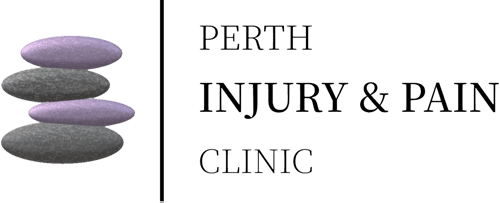Headaches are one of the most common public health concerns world wide. Its prevalence is high but the exact figures are hard to determine. According to Headache Australia, it is estimated that almost 5 million Australians suffer from migraines. The total economic cost of migraines alone in Australia is $35.7 Billion (Migraine in Australia Whitepaper, Deloitte Access Economics Report, 2018).
There are believed to be more than 150 types of headaches (WebMD, Headache Basics). The most common types of headaches include:
- Tension headaches – These are usually triggered by stress but can also be caused from alcohol, fatigue, eyestrain and caffeine. This headache is often described as wearing a headband too tight around the sides, forehead or back of the head. Pain from this headache is usually felt behind the eyes and in the neck. Pain in the scalp, neck and the shoulders can often be accompanied with a tension headache.
- Cervicogenic headaches – This type of headache comes from a problem in the neck which is referring pain to the head. Pain is often felt on one side of the head and is usually accompanied with neck pain. The base of the scull is often affected with the pain coming from this area and continuing to travel up to the face or behind the eyes. People who experience this kind of headache often have a reduced range of movement in their neck and the headache will get worse with certain neck movements or when pressure is applied to specific areas of the neck. Occupational therapists will work on correcting the neck problem to relief the headaches.
- Posture dysfunction headache – This headache comes from not maintaining a correct posture. The spine has three natural curves which provide support for the body. Bad posture can straighten the curves of the spine or increase these curves. A common posture that develops from people working at a desk all day is the forward head posture. This posture straightens the neck curve and leads to headaches and neck weakness. The brain stem connects directly to the spinal cord and so any tension on the spine can cause a headache.
Anything that stimulates the pain receptors in a person’s head or neck can cause a headache, such as hormonal changes, poor basiliar- arterial flow (arteries leading to the brain), jaw problems and arthritis.
How can we help?
The occupational therapists (OTs) at Enhanced OT will do a holistic assessment to determine what is causing your headaches and what the best treatment plan is to address this problem.
The most frequently used treatments for headaches include soft tissue release, posture improvements, exercise and ergonomic workstation advice. OTs can treat frequent or chronic headaches by releasing tight muscles in the neck and back, improve your systemic functioning and will work with you to improve your strength, posture and neck mobility to help treat your headaches.

